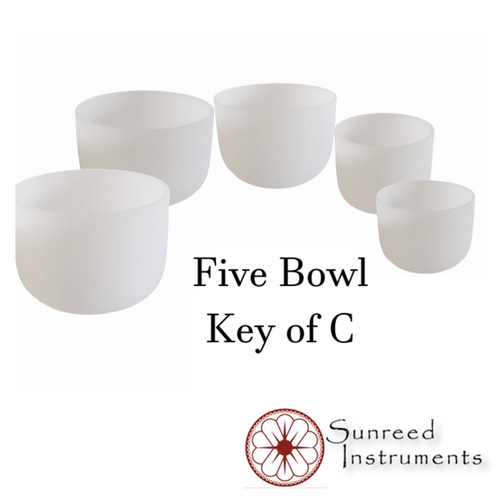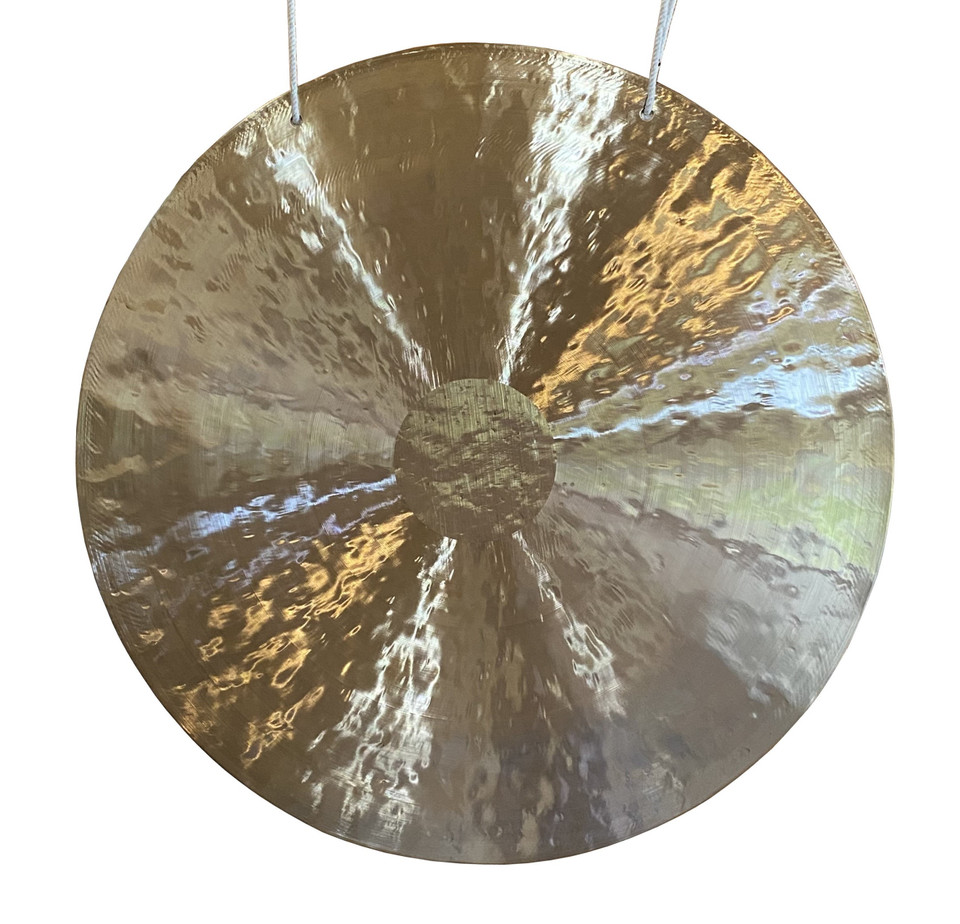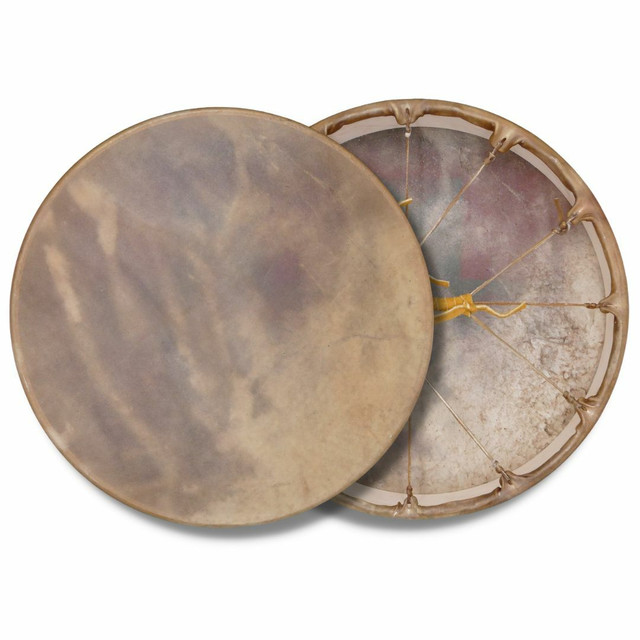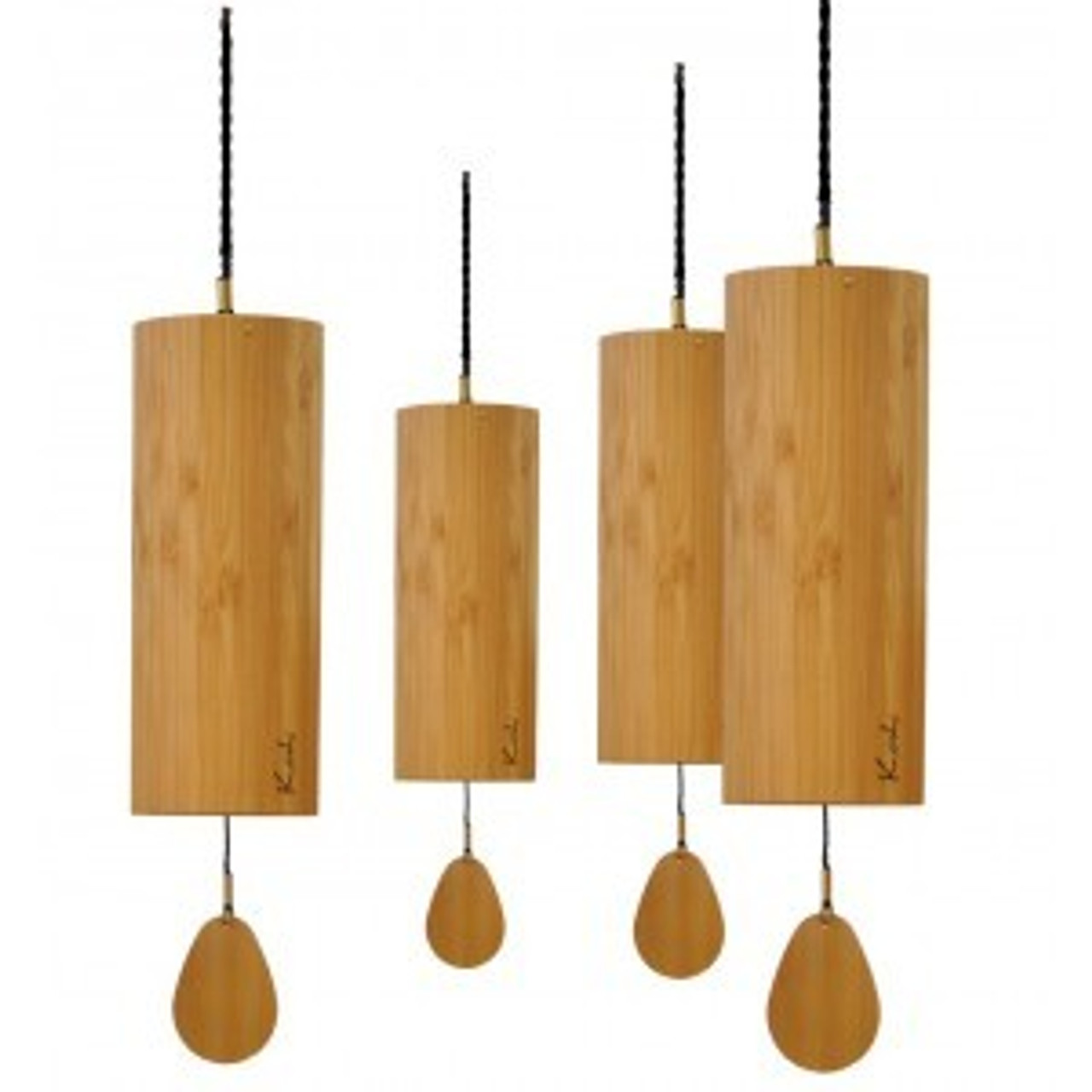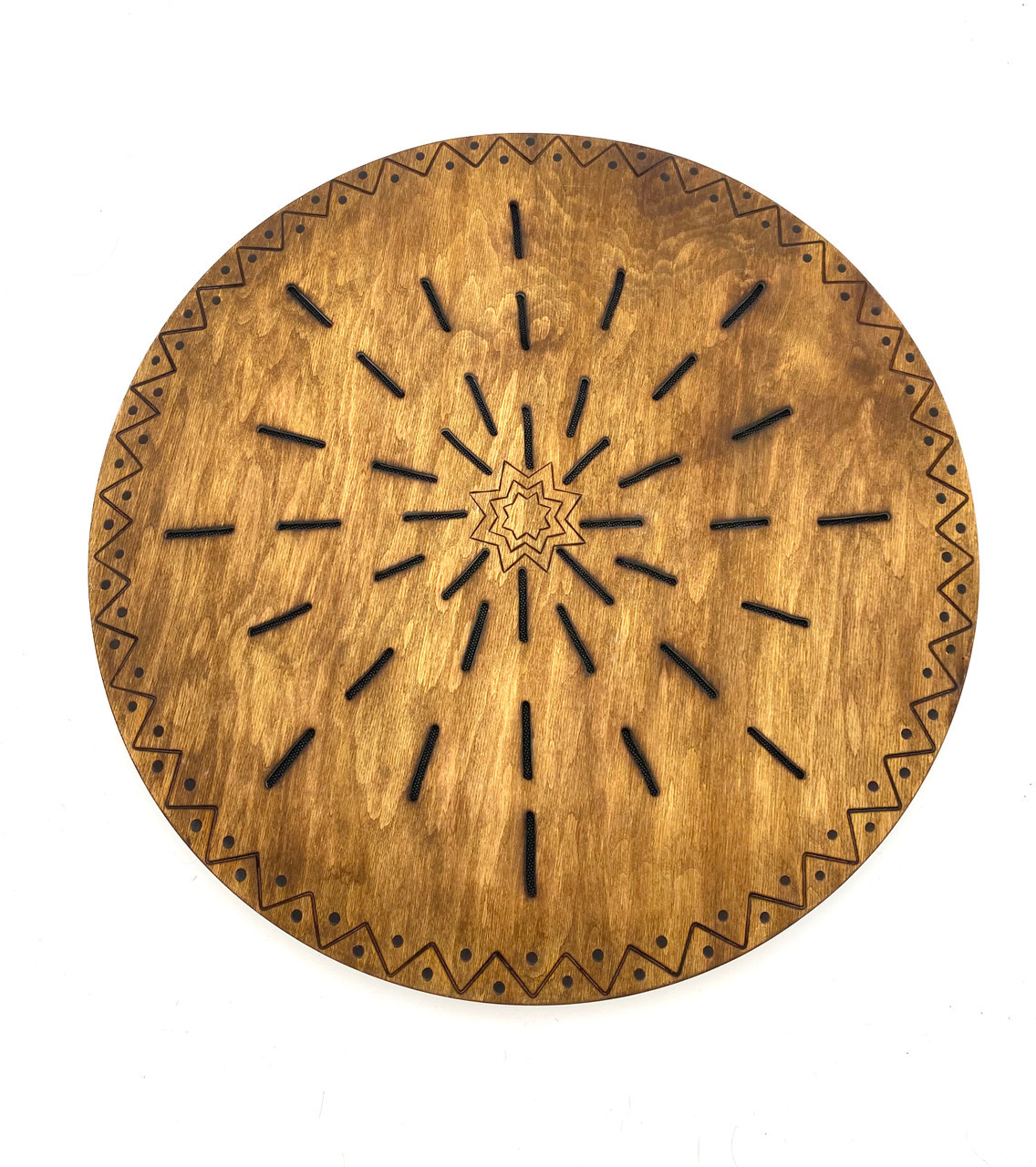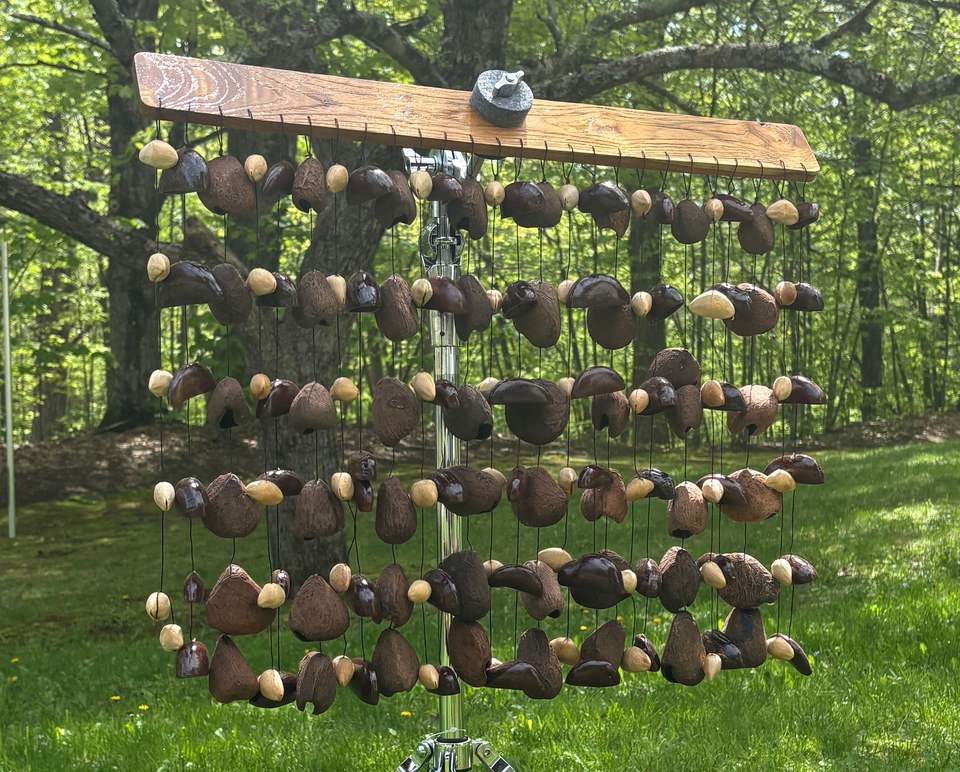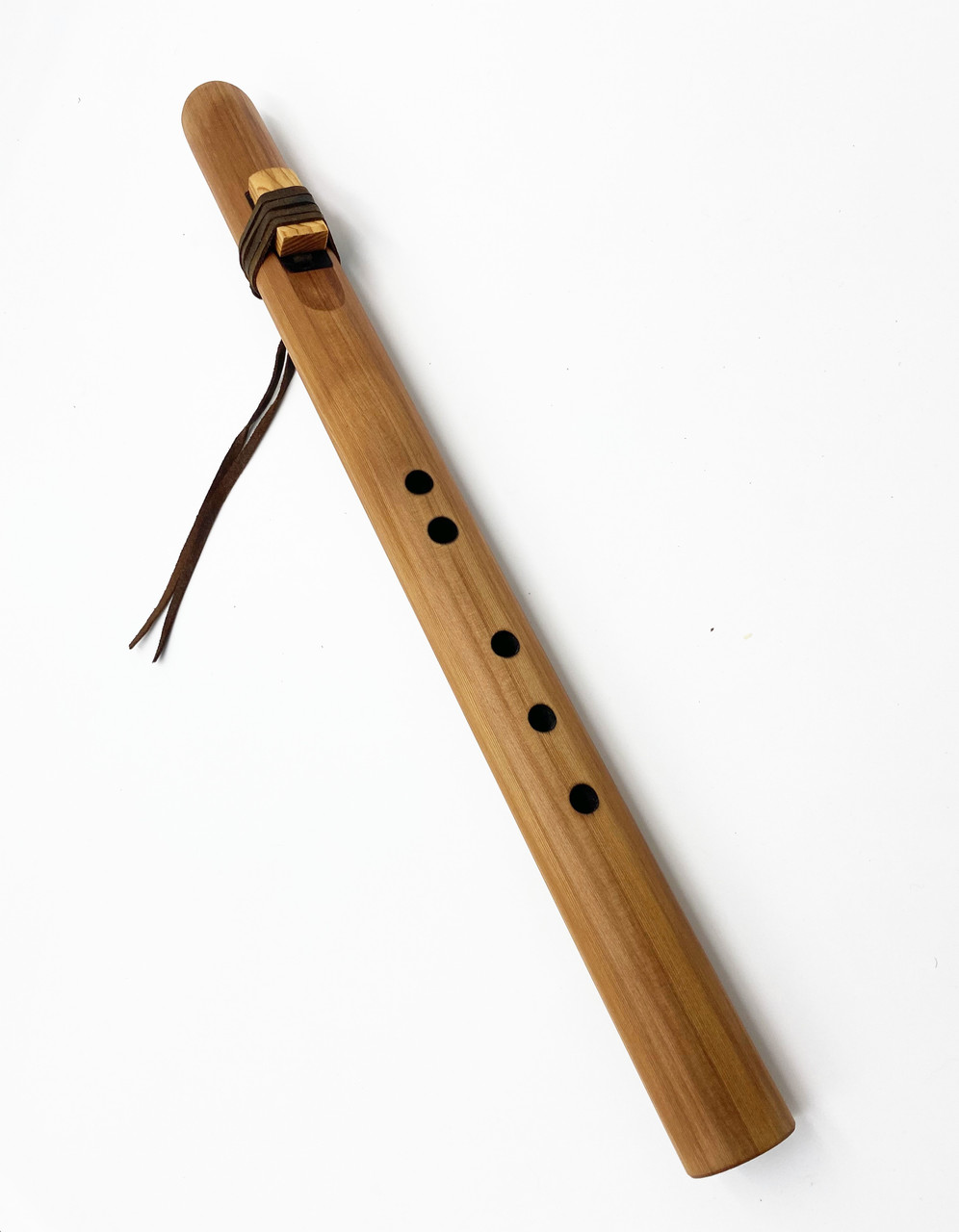What Is A Sound Bath?
Sound Baths are as they sound, playing instruments and "bathing" participants with sound. This is usually done in groups, with one or a few people playing instruments, while everyone else just relaxes and listens. The purpose of a Sound Bath is to promote deep relaxation, fostering a sense of well being and more expanded states. Stresses and anxieties fade away as one merges with the many different frequencies that the instruments provide. Given that sound moves energy and that we are virtually 99.9999% space, the frequencies allow for the opportunity to open and let go of what may be held at a physical, mental or emotional level, all within a safe and nurturing environment.
Sound Baths do not take a lot of training to conduct. Sound Baths do not need to be complicated meditations. The simple power of the instruments is enough to allow people to relax. One only needs to be familiar with the instruments that are being utilized and aware of how the sound is generated (including the volume of sound for those with auditory sensitivity). Many who have limited musical experience have great success with instruments that are simple to play, but integral to created a soothing and harmonic experience.
There are unlimited possibilities for sounds that can be generated and those sounds may cover a spectrum of frequencies from harmonic to dissident, from very soft to sharper, all within a range of volume that is consistent with a therapeutic sonic soundscape. There is not a set progress for how sound needs to be created in a sound bath. There can be an intentional progression through instruments and sounds, or sound bath's can be led intuitively from one instrument to the next. Instruments can be used hard or soft; the tones made can be harmonic or dissident; what is really important to remember is that sound works. Playing instruments like crystal singing bowls, drums, gongs and shakers for a people who are sitting or lying down with the intention to relax, will support those people in letting go and gaining greater spaciousness.
Sound baths can range from 30 minutes to 1 1/2 hours. Participants should be in a comfortable physical position either lying of sitting. An example would be a restorative yoga pose lying and supported with mats, pillows or any props that allow for maximum comfort including blankets to provide a warm and nurturing feeling. It is helpful if the outside environment can be quiet, but not necessary.
Simple Instructions For A Sound Bath
Conducting a sound bath is simple, and needs little more then confidence in playing the instruments, and a clear intention for providing an environment of wellness for others. There are a few things that need to be decided on for a sound bath.
What will the participants be doing? Will you just be asking the participants to relax, either lying down or in a chair, and let the sound of the instruments wash over them? Or, will the participants be given active instructions for how they will attend and meditate. Will they attend to their breath, or be led through a more complex meditation? Basically, will the activity be passive or active for the participants?
Depending on how these questions are answered will allow you to consider how and when you would want to play different instruments. If you are leading participants in a complicated meditation, consider playing the instruments in a way that is simple. Create a steady vibrational environment for participants to easily go through the meditation, without too much complexity that would distract them from the meditation. Play just one drum, or one gong, or a few select crystal bowls, without a great amount of variation. Just creating an environment of coherent sound will support participants in focusing on the meditation at hand. If participants are meditating, and you are playing too complex of sound, the sound will be distracting rather than supportive. Even one crystal bowl droning consistently can be a great tool.
If you are not leading participants in meditation, then there is more space for complexities with the sound created. The complexities you create, can maintain the participants interest and enjoyment, which can allow them to continue the process of relaxing into spaciousness. With your instruments create a melodic symphony, and allow yourself and trust yourself to be led intuitively from one note to another, and from one instrument to another, feeling into the type of sound that can benefit the environment. Don't worry if it is perfect, or it is sounds right. Feel into what sounds right for you, for the environment you wish to create.
A simple rule, for those who do not have a lot of experience playing instruments, is just stick to the harmonies. We have written at length the power of harmonics in sound healing, and provide specific harmonic crystal singing bowl sets to create a beautiful harmonic soundscape. Harmonics are naturally pleasing to the ear, or any human being, and will naturally relax the nervous system. Harmonics will naturally lead clients into a state of spacious presence, where they can feel themselves unwind, and open up to transformation, catharsis, and joy.
After 30-45 minutes, your participants will be naturally relaxed, focused and have a greater sense of ease and wellbeing. You can continue your sound bath for an hour, or even an hour and a half. The participants once relaxed, should be allowed space at the end of the meditation to just relax where they are, until they are ready to move. Just as the sound is important, so to is adding in a place for silence.
What Instruments Are Used For Sound Baths?
Sound Baths are conducted with instruments like crystal singing bowls, metal singing bowls, gongs, drum, chimes, rattles, harmoniums and the voice.
#1) Crystal Singing Bowls and Metal Singing Bowls
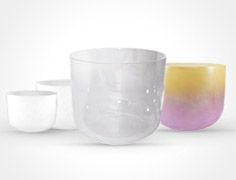
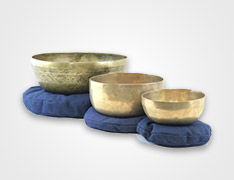 Quartz Crystal Singing Bowls and Metal Singing Bowls, when struck, sound quite like a bell. The bowls pulse vibration out often for 20-30 seconds, and often can sustain a note much longer. When a striker is ran around the rim of a bowl in a circle, a person can "sing" the bowl, and make it play consistently. When the bowls play consistently, then a person can meditate with the consistent vibration for 20-30 minutes or longer. The bowls make a consistent drone sound, that the mind can simply sing into, allowing the mind to expand and become more spacious.
Quartz Crystal Singing Bowls and Metal Singing Bowls, when struck, sound quite like a bell. The bowls pulse vibration out often for 20-30 seconds, and often can sustain a note much longer. When a striker is ran around the rim of a bowl in a circle, a person can "sing" the bowl, and make it play consistently. When the bowls play consistently, then a person can meditate with the consistent vibration for 20-30 minutes or longer. The bowls make a consistent drone sound, that the mind can simply sing into, allowing the mind to expand and become more spacious.
Often people lead a sound bath with a 7-9 bowl set of singing bowls. These singing bowls sets typically play the major scale, and sing Do-Re-Mi-Fa-So-La-Ti-Do. The major scale is rich with harmonic and melodic potential. Using it in a sound bath allows there to be many different sounds to be played. Often times having different tones played allows participants to come back to attention with their meditation, and refocus. Different melodies can be played that can offer a participants a sense of enjoyment. However, we really don't think anyone needs this many bowls. Just having 5 harmonic bowls is enough to create a very rich environment for most people's use. Even playing a single bowl, and have participants listen to that bowl is alone effective. A participant can benefit from listening to a single note for 20-30 minutes, needing to consistently refocus their attention to the tone, and inquire deeper and deeper into the tone.
Generally, if you are not doing an intentional chakra meditation, the sound healer will generally intuitively play the bowls, judging how long a bowl should be played and switching sounds by feeling. This is normal, and is why you really don't need a great deal of training to play bowls for others. You just need to have a coherent inner state, and trust.
#2) Native American Drums and other Frame Drums
 Native American Drums, and other Frame Drums allows for consistent beats the mind can entrain into. The mind entrains into the repetitive vibration of the drum, and doesn't get consumed easily in thinking. Drums can be various sizes, producing higher or lower tones. The drums can be played with a great number of different beat patterns. In any case, the consistent beat will give participants what they need to entrain. Generally though, participants will find lower bass notes easier to listen to and relax into then higher notes. A frame drum that is 16 inches or larger will generally give you a drum that has a good bass note. We generally recommend 18 inch drums as the best size for a frame drum, having a low tone, though not being too heavy for most people to be able to hold and play.
Native American Drums, and other Frame Drums allows for consistent beats the mind can entrain into. The mind entrains into the repetitive vibration of the drum, and doesn't get consumed easily in thinking. Drums can be various sizes, producing higher or lower tones. The drums can be played with a great number of different beat patterns. In any case, the consistent beat will give participants what they need to entrain. Generally though, participants will find lower bass notes easier to listen to and relax into then higher notes. A frame drum that is 16 inches or larger will generally give you a drum that has a good bass note. We generally recommend 18 inch drums as the best size for a frame drum, having a low tone, though not being too heavy for most people to be able to hold and play.
#3) Gongs
 Gongs produce a wide variety of vibrations, both high and low, in an expansive note. The mind is consumed by the tone of a gong in a significant way. And as the mind sinks into the tone of the gong, it can not hold onto its thinking patterns and we may relax deeper into spaciousness. A gong can be played similar to a drum with a steady beat, or it can be played in a progression from a soft note playing harder and harder until the gong crashes. There are many different types of gongs. We suggest listen to sound files and finding a gong tone that you resonate with. Generally we find participants enjoying gongs that are atleast 32" or larger, though 26" is a good size for traveling with; you'll need a gong that is 24" or smaller if you plan to hold it in your hand and play it while moving around a room.
Gongs produce a wide variety of vibrations, both high and low, in an expansive note. The mind is consumed by the tone of a gong in a significant way. And as the mind sinks into the tone of the gong, it can not hold onto its thinking patterns and we may relax deeper into spaciousness. A gong can be played similar to a drum with a steady beat, or it can be played in a progression from a soft note playing harder and harder until the gong crashes. There are many different types of gongs. We suggest listen to sound files and finding a gong tone that you resonate with. Generally we find participants enjoying gongs that are atleast 32" or larger, though 26" is a good size for traveling with; you'll need a gong that is 24" or smaller if you plan to hold it in your hand and play it while moving around a room.
#4) Harmoniums/ Shruti Boxes
 These are hand operated pump organs, originating in England, though incorporated strongly in Indian music. The harmonium or shruti box will play a consistent drone. It is played very similarly to a piano. So with a harmonium you can play in a wide variety of musical scales, and play different chords. Many people use harmoniums with sacred chanting work.
These are hand operated pump organs, originating in England, though incorporated strongly in Indian music. The harmonium or shruti box will play a consistent drone. It is played very similarly to a piano. So with a harmonium you can play in a wide variety of musical scales, and play different chords. Many people use harmoniums with sacred chanting work.
#5) Other Instruments: Shakers, Chimes and Flutes
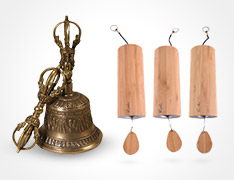 The drums, gongs, bowls and harmoniums all can play expansive notes that can fill a room with a backdrop of vibration. The instruments in this category, such as the flute, shakers or chimes, are typically used to create higher harmonies that play on top of the backdrop of vibration. For example you could be playing a crystal singing bowl with one hand, and then with the other start to shake a shaker, or ring a chime. The shaker or chime will create a higher note over the top of the droning singing bowl. This can also be done with a flute, if multiple people are playing the instruments and singing the bowls, or playing a drum, etc. These sorts of instruments automatically call forth attention, and so are simple remedies for a distracted mind.
The drums, gongs, bowls and harmoniums all can play expansive notes that can fill a room with a backdrop of vibration. The instruments in this category, such as the flute, shakers or chimes, are typically used to create higher harmonies that play on top of the backdrop of vibration. For example you could be playing a crystal singing bowl with one hand, and then with the other start to shake a shaker, or ring a chime. The shaker or chime will create a higher note over the top of the droning singing bowl. This can also be done with a flute, if multiple people are playing the instruments and singing the bowls, or playing a drum, etc. These sorts of instruments automatically call forth attention, and so are simple remedies for a distracted mind.
#6) The Voice
The voice is a key instrument in sound healing. The main method of toning is to connect to your energetic state during a practice, and give voice to that with a tone. The tone does not need to be harmonic, though just a honest representation of the energetic state. The toning in this example, gives attention to that state for working with. A leader of a sound bath can cultivate a sense of spaciousness, loving-kindness or compassion, and give expression to these states with toning. This will have the effect of expressing those whole states around the room, giving participants another layer of vibration to sink into a relax into.


